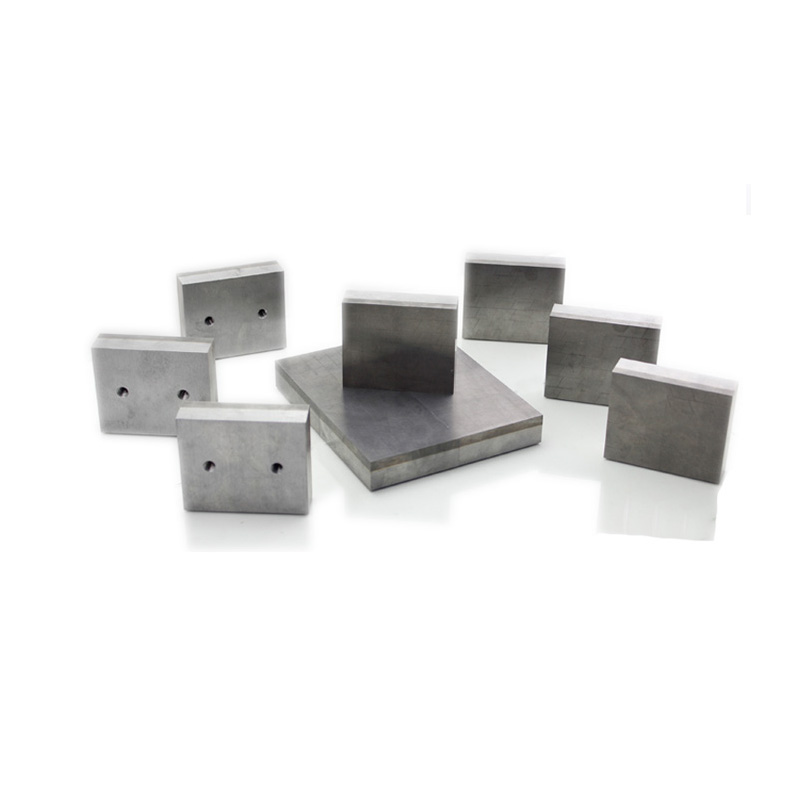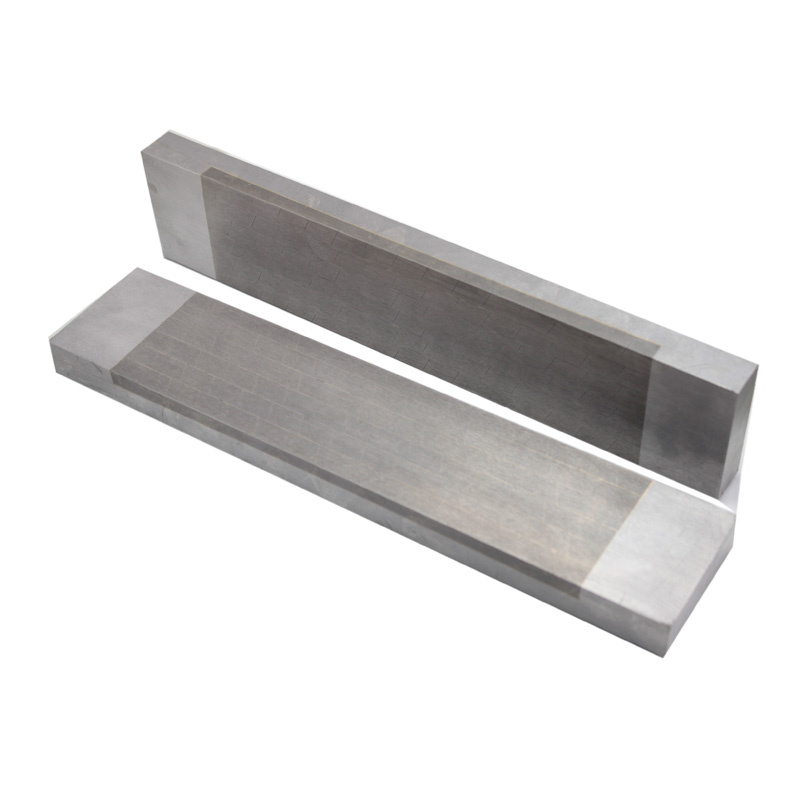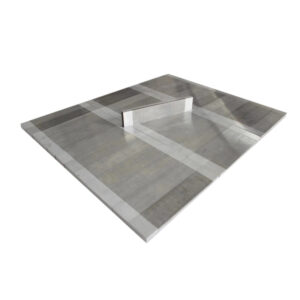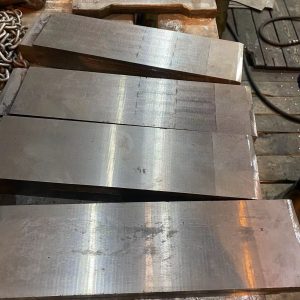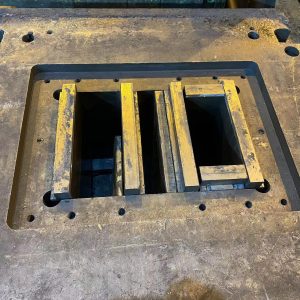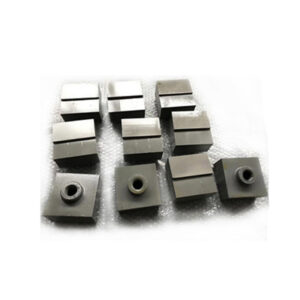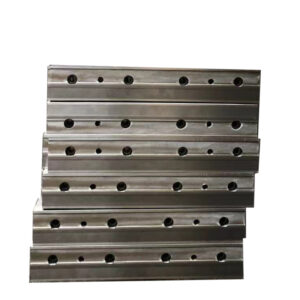I. Product Introduction:
Liners for refractory brick mold is mainly used for refractory bricks mold. Refractory product molds (dies for refractory bricks) refer to models for forming refractory bricks. The shape and geometric dimensions of the mold are designed according to the shape of the product, and its structure consists of a mold frame, a backing plate and a template. The template is subjected to the forming pressure exerted by the brick press, which makes a great friction force between the brick and the template. Therefore, the surface of the template gets worn easily. Generally, if the wear reaches 0.3-0.4mm, it is not allowed to continue to use. Therefore, the template is required to have good wear resistance.
Refractory mold industry now faces several bottlenecks that are impacting its development: limited availability of skilled labor; high cost of raw materials; environmental regulation and limited innovation.
We are now offering innovation of carbide liners for refractory brick mold. With a slightly higher cost of tungsten carbide, this composite material can bring unexpected rewards not only in the longer service life, but also higher precision, hardness, and wear resistance. All these properties will conversely save customers costs in reduced downtime for repairing or replacing the molds. These liners are brazed on the template of the steel-made mold, and we use advanced techniques of vacuum brazing on this process. This brazing method can generate less inner stress and effectively remove the oil and oxide film from the surface of the welded parts. Therefore, customers’ cars rest assured on our carbide liners for refractory brick mold to make a difference.
II. Product development history:
First Generation: Materials are mainly modified cast iron, A3 steel, mild steel, 45# steel. The surface hardness and wear resistance are improved by heat treatment, reaching the hardness HRC60-64. Then make the press mold. The advantage is low cost and fast delivery time, but short use life.
Second Generation: The main materials are tool steel and ultra-high carbon steel. Compared to normal material, although this generation prolonged the use life with a higher cost, it still can not meet the market requirement for high efficiency.
Third Generation: Tungsten carbide.
There are several ways for brazing the carbide tiles on the steel backing plates.
1. Braze the whole carbide plates on the mold, but the carbide is easy to get broken when being used.
2. Braze the whole parts with carbide tiles. This way is better than the above one, which can be pressed about 9400 times. However, the operation life still fails to meet customer requirements, let alone some cracks during the usage.
3. Braze carbide tiles with a smaller steel backing plate, and drill the thread hole for easy installation. Using this way, the performance improves a lot, and can press more than 15, 000 times, according to our customer’s feedback, our mold can produce 540 Tons of AL2O3 before doing the first grinding. And we can produce different sizes according to your requirements.
*We can produce according to your design
III. Application of refractory brick mold
Refractory brick molds are widely used in the production process of refractory materials in metallurgy, construction, chemical industry, energy and other industries. Specific application scenarios include.
Steel smelting: In the process of steel smelting, a large amount of refractory materials, such as refractory bricks and refractory clay, are needed. Refractory brick molds with carbide liners can produce refractory bricks with high precision and stable dimensions, improving production efficiency and product quality.
Cement production: In cement production, a large number of refractory materials need to be used, such as kiln head, kiln tail, etc.. Our refractory brick molds can produce high-precision, high-strength refractory materials, improving production efficiency and product quality.
Glass manufacturing: In glass manufacturing, a large number of refractory materials need to be used, such as refractory bricks for glass kilns, etc. Refractory brick molds of brazed liners can produce high precision and high hardness refractory bricks to improve production efficiency and product quality.
